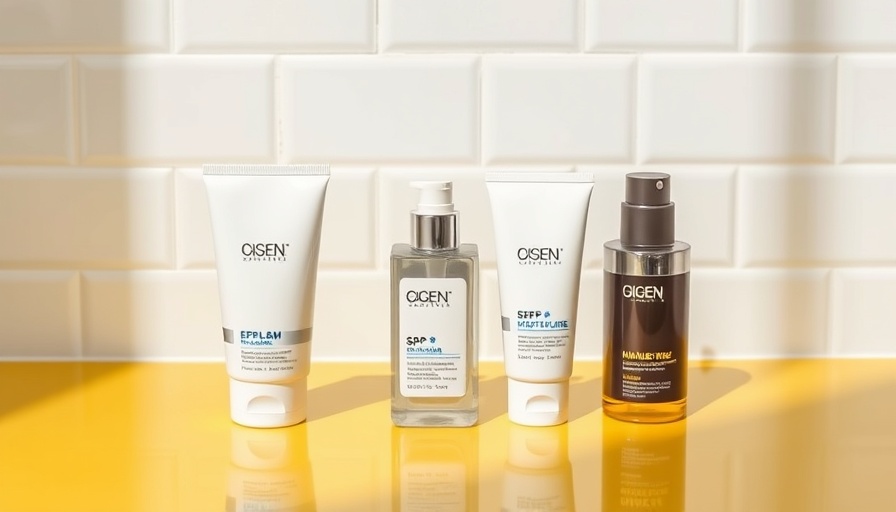
Why SPF Moisturizers Are Essential for Digital Nomads
As a digital nomad, you're constantly on the go, whether it's working from a beachside café or venturing into unknown cities. The importance of skin protection is often overshadowed by the thrill of exploring new places. Yet, with daily exposure to UV rays, the need for a dependable SPF moisturizer elevates from luxury to necessity. Dermatologists, including Dr. Alexander Witkowski, emphasize a no-excuses approach to wearing sunscreen regardless of the season or location. Swapping your regular moisturizer with an SPF moisturizer can effectively simplify your skincare routine without sacrificing hydration or sun protection.
Choosing the Right SPF Moisturizer
When choosing an SPF moisturizer, several factors should be considered to ensure maximum efficacy. According to experts, look for products with broad-spectrum protection to shield your skin from the full spectrum of UV rays. For daily use, a minimum of SPF 30 is recommended, while SPF 50 is ideal for those longer outdoor meetings or excursions. Additionally, be mindful of formulations that cater to your skin type; whether oily, dry, or prone to acne, there exists an SPF moisturizer to meet your needs.
Top Recommendations for SPF Moisturizers
The market is inundated with various SPF moisturizers, and we've highlighted some of the best options for men, as recommended by dermatologists:
- Best Overall: Marlowe No. 128 Men's Facial Lotion with SPF 50 - This product strikes the right balance with an impressive SPF rating and moisturizing properties.
- Best for Oily Skin: Elta MD UV Clear Facial Sunscreen Broad Spectrum SPF 46 - Specifically designed for oily and acne-prone skin, it offers lightweight hydration.
- Best for Supreme Hydration: Differin Oil Absorbing Moisturizer With SPF 30 - A great option that targets both acne-prone skin and provides sun protection.
Common Mistakes When Choosing SPF Moisturizers
Despite the convenience that SPF moisturizers provide, many consumers fall into traps resembling their choices in two-in-one shampoo and conditioner products. Some may not deliver adequate sun protection or the hydration needed for the skin. Ensure that the product you choose meets your skincare and sun protection needs effectively.
In Conclusion: Make Health a Priority as You Travel
Incorporating an SPF moisturizer into your daily routine can safeguard your skin against the sun's harmful effects, ultimately supporting your overall health as you travel. Keep your skin youthful and protected while enjoying every moment of your nomadic lifestyle. Whether you're wandering the streets of a bustling city or unwinding under the sun, prioritize your well-being; you'll thank yourself later.
Don't let UV rays dampen your adventures—invest in the right SPF moisturizer today and make skin care a key part of your travel routine!
 Add Row
Add Row  Add
Add 




Write A Comment